Congratulations 2023 Residents
We are excited to announce awarded residencies for the Rabbit Island 2023 Residency program. Three residencies have been awarded featuring a total of six artists. Each residency is supported by an unrestricted honoraria of $3,000 USD made possible by grant support from the National Endowment for the Arts. The awarded residents are:
Alchemyverse (Yixuan Shao, Bicheng Liang, and Ziqi Xu)
Victoria Manganiello
Distant Realities (Marine Lemarié and Nicolas Stephan)
Below are short biographies and artist statements of each awarded resident, in addition to their proposals. While we acknowledge that each resident's ideas may evolve while living and working on the island, we share these in the spirit of curiosity, transparency, and to provide insight into the quality, critical nature, and ambition of the proposals we receive. We look forward to sharing the residents' research and work as we move forward through this program season, and beyond.
Since 2011 the program has supported 39 awarded residents and hosted over 80 collaborators. The experiences have resulted in artwork, writing, compositions, performances, and more that critically engage issues of conservation, culture, and how we interact with—and advocate for—natural spaces. As society continues to face these contemporary challenges we are excited to have Rabbit Island’s residents contribute to this ongoing dialogue.
The committee extends a sincere thank you to all who applied to the Rabbit Island 2023 Residency program. While we regret not being able to offer more residency positions, it is an honor to be working with the following artists.
Rabbit Island 2023 Residency Selection Committee
Duy Hoàng, 2018 Resident
Christie Neptune, Artist
Aly Ogasian, 2021–22 Resident
Jessica Segall, Artist
Jessica Shaefer, Curator
Rob Gorski, Cofounder/President
Andrew Ranville, Cofounder/Director
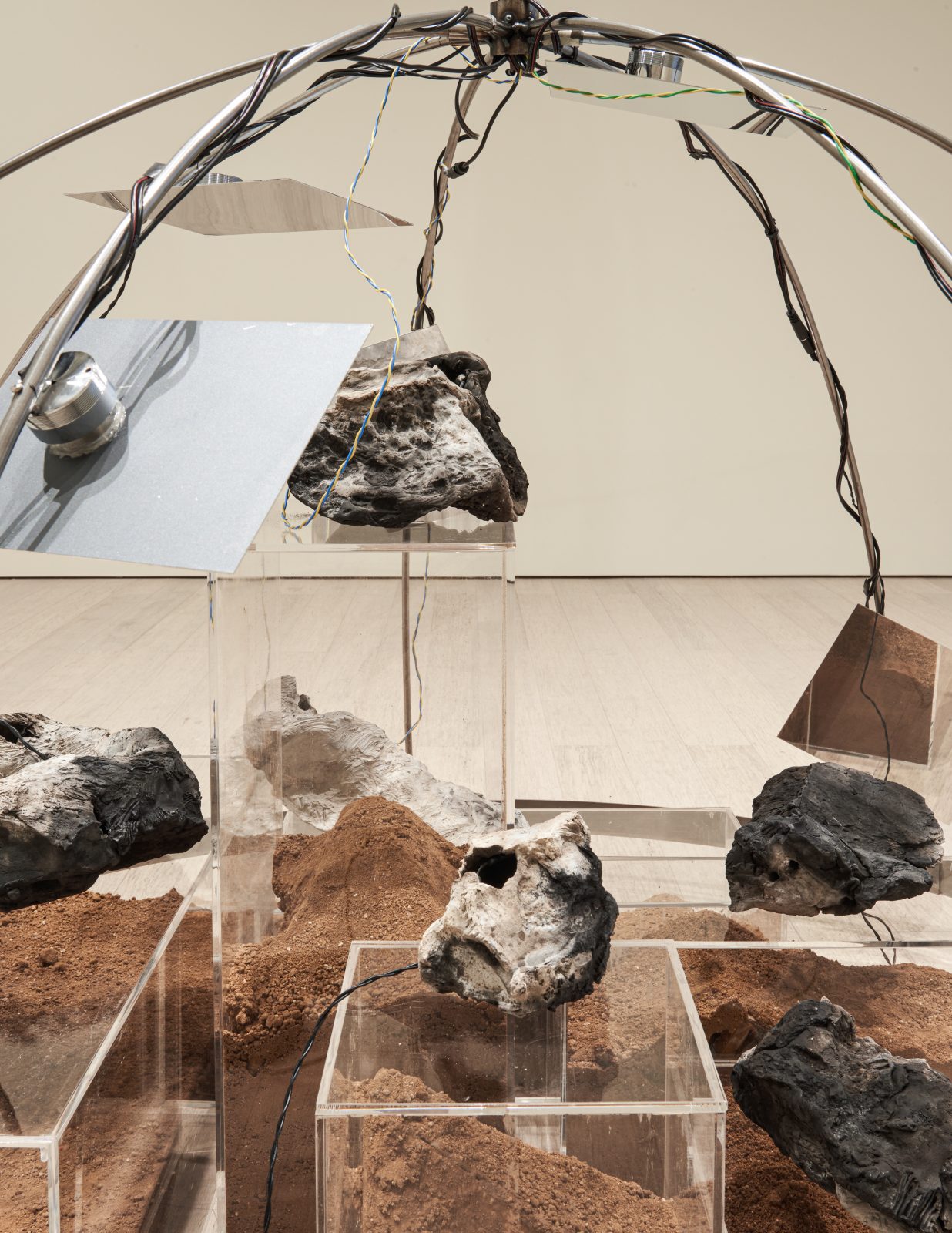
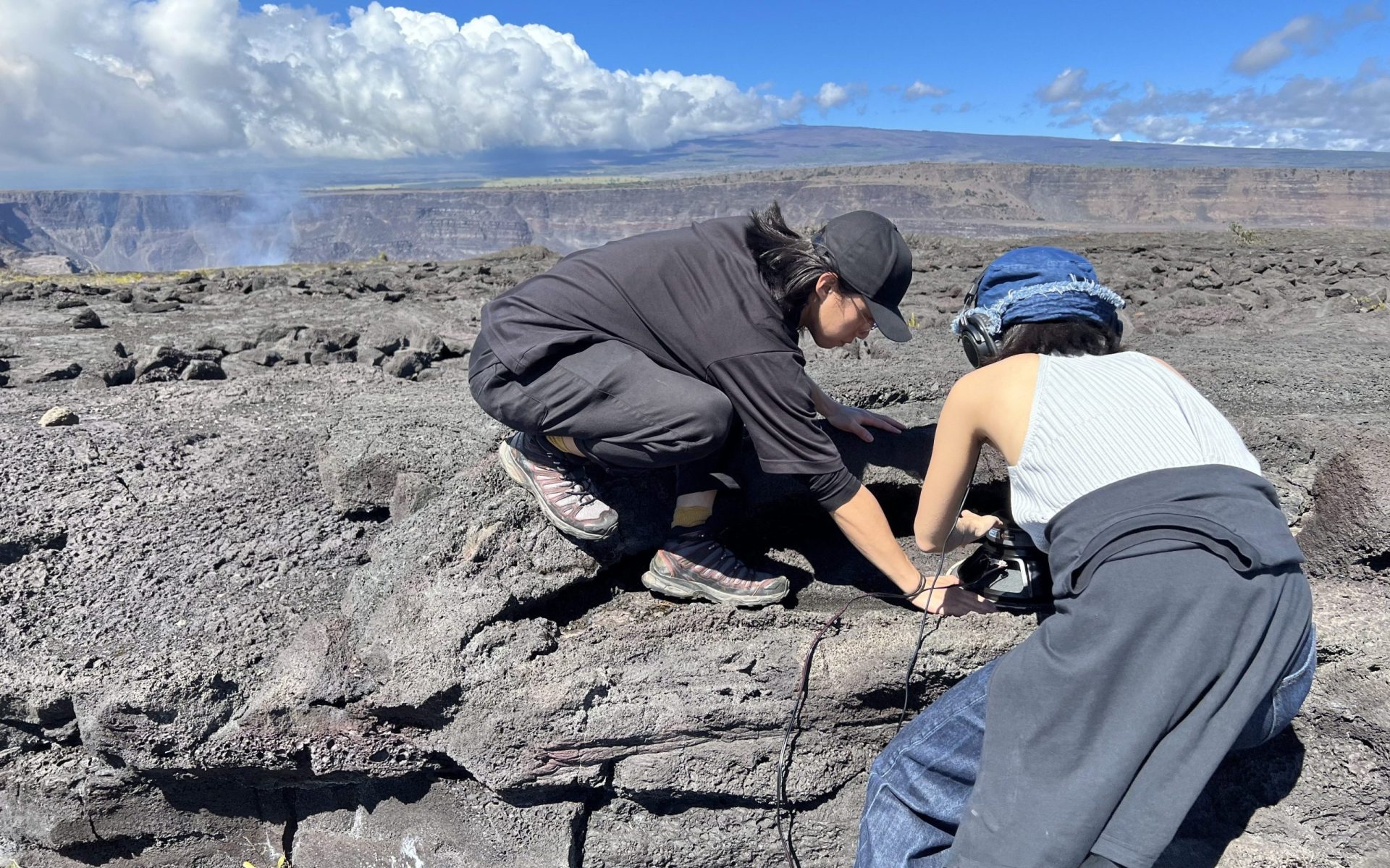
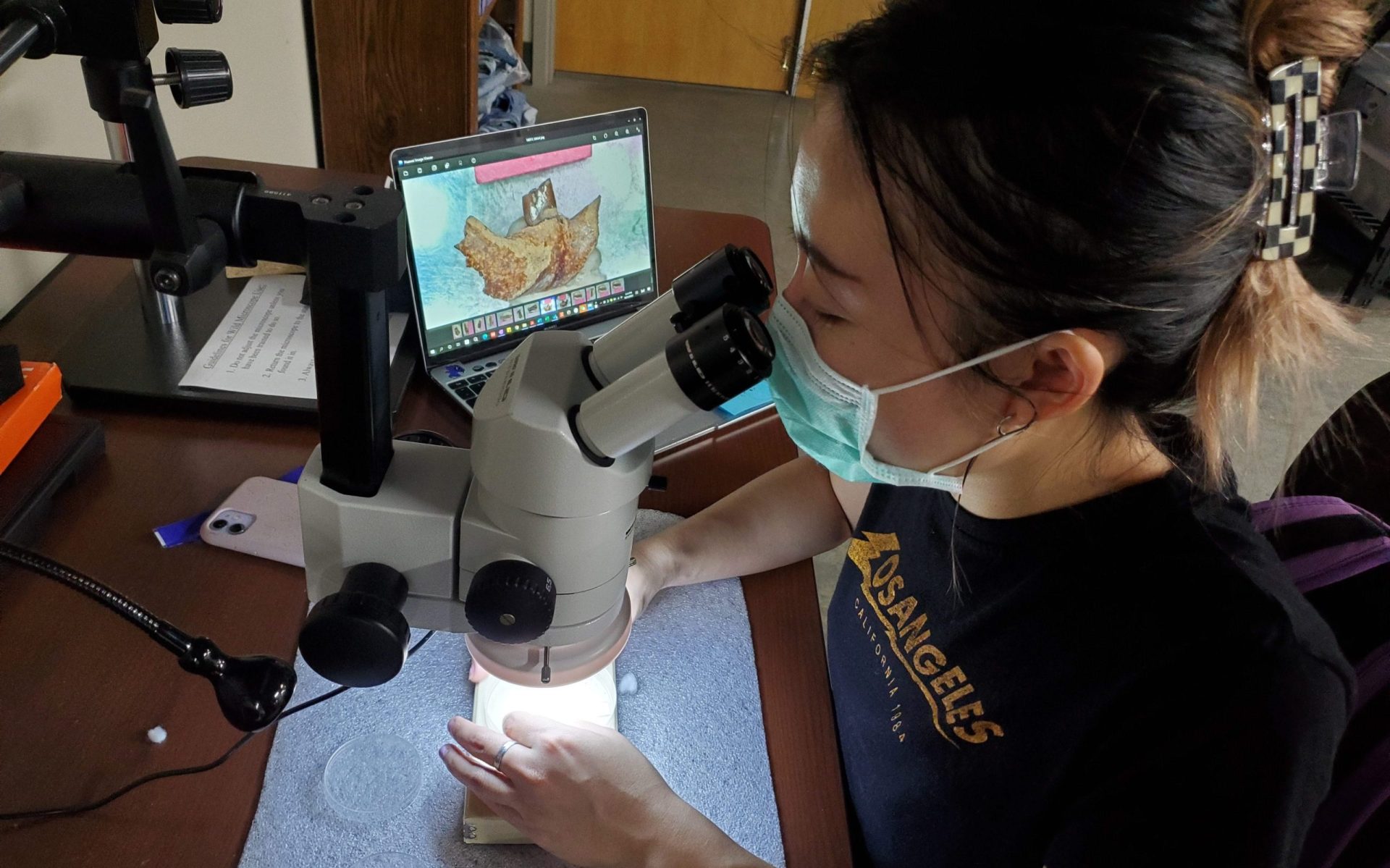
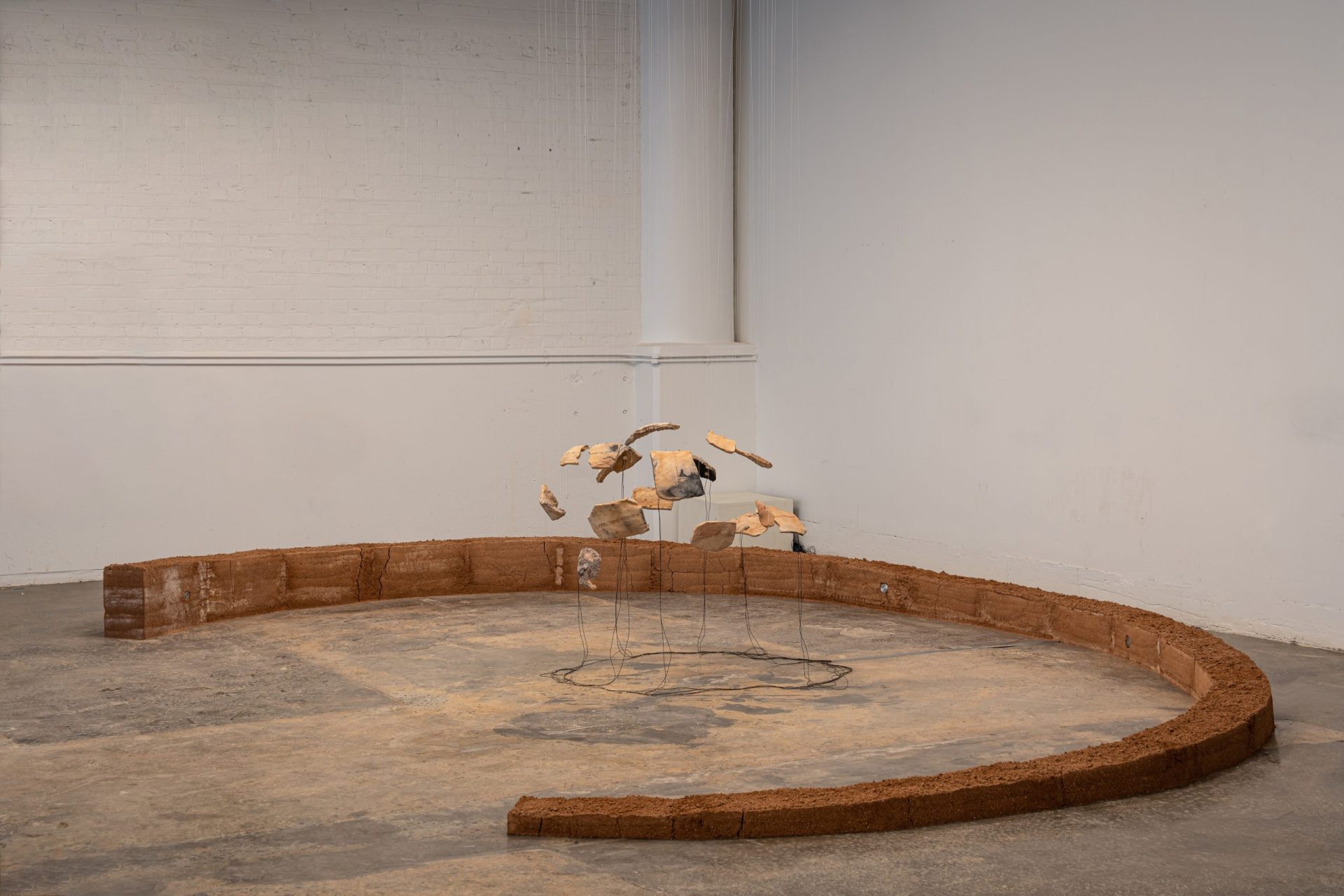
Alchemyverse (Yixuan Shao, Bicheng Liang, and Ziqi Xu)
Biographies
Based in New York, Bicheng Liang and Yixuan Shao have been collaborating as a transdisciplinary duo, Alchemyverse, since 2020. Combining craft and research through their respective backgrounds in visual arts and sound studies, the duo’s field-based practice has taken them to places such as Oahu and Moa Kea, Hawaii, the American Southwest, the Hudson Highlands, and the Atacama desert. Alchemyverse has exhibited at the Sotheby’s Institute of Art (NY), School of Visual Arts (NY), Wallach Art Gallery (NY), Catherine Fosnot Art Gallery and Center (CT), LeRoy Neiman Gallery (NY), and the Bishop Museum (HI). Their artist research was presented at the IRCAM forum at New York University. Currently, they are an artist-in-residence at the International Studio & Curatorial Program in Brooklyn, New York.
Ziqi Xu is a paleontologist and theatre designer from Shenzhen, China, currently based in Johnson City, Tennessee. She holds bachelor's degrees in geology and theatre design from the University of Washington and is now pursuing her passion for paleontology at East Tennessee State University. Xu has designed lighting for a diverse range of theatrical works, including traditional Shakespearean plays, modern Chinese comedy, and an improv show adapted from children's television classics. She has also gained field experience in Montana for her geological and paleontological studies. Currently, Xu's research focuses on understanding the rodent community in the Appalachian region about 5 million years ago.
Artist Statement
Our collaboration combines our respective backgrounds in visual art, sound studies, geology and paleontology and investigates the ways in which art and science communicate. We are fascinated by the challenge of locating ourselves within the vastness of geologic time and the ways in which our human experiences are intertwined with the earth's cycles of growth and decay. Reflecting on environmental issues and human dislocation of space, we build sensory channels between the personal, the human, and the metaphorical with the othered, the terrestrial, and the scientific.
Our process begins as an intimate and private journey and evolves into a more holistic approach incorporating scientific research and crafting in situ. Using electricity, magnetism, and sound to activate images, forms, and found objects, we create visual and aural assemblages using materials both foraged from nature and from our daily surroundings. By working in situ in places undergoing transformative yet under-recognized forces, our collaboration proposes an alternative mode of relations, one that does not consider Landscape as a static subject but as an active agent representing the constant flux between human and natural histories.
Proposal
As a team of artists and researchers from diverse backgrounds, we would like to explore the question of how time on Rabbit Island moves on a different scale from the one we experience in our daily lives. We are drawn to the ways in which geologic traces are preserved and changed by the island's ecosystem. By studying, documenting, and recording the biota of Rabbit Island as well as our interactions with it, we hope to uncover memories of non-anthropocentric records of time.
We view geology as a subject that studies both relics and contemporary material evidence to speculate and construct narratives about the history of our surroundings. By approaching Rabbit Island as a parallel universe, an alternative shelter that enables us to view our world from a different perspective, we hope to gain a new understanding of our place within the earth’s cycle. Through activities such as sound recording, 3D scanning and photogrammetry, drawing, and documenting our encounters and studies of the island's geology and ecology — from the Jacobsville sandstone to the red-back vole — we will be working to gain insights into our role as artists, humans, and coexisting entities in relation to the island.
Our interdisciplinary approach, combining visual art, sound studies, and scientific research, offers a unique perspective on the natural world. Through our activities on Rabbit Island, we aim to provide a window through which we can understand where humanity stands in the vastness of the time of the earth.
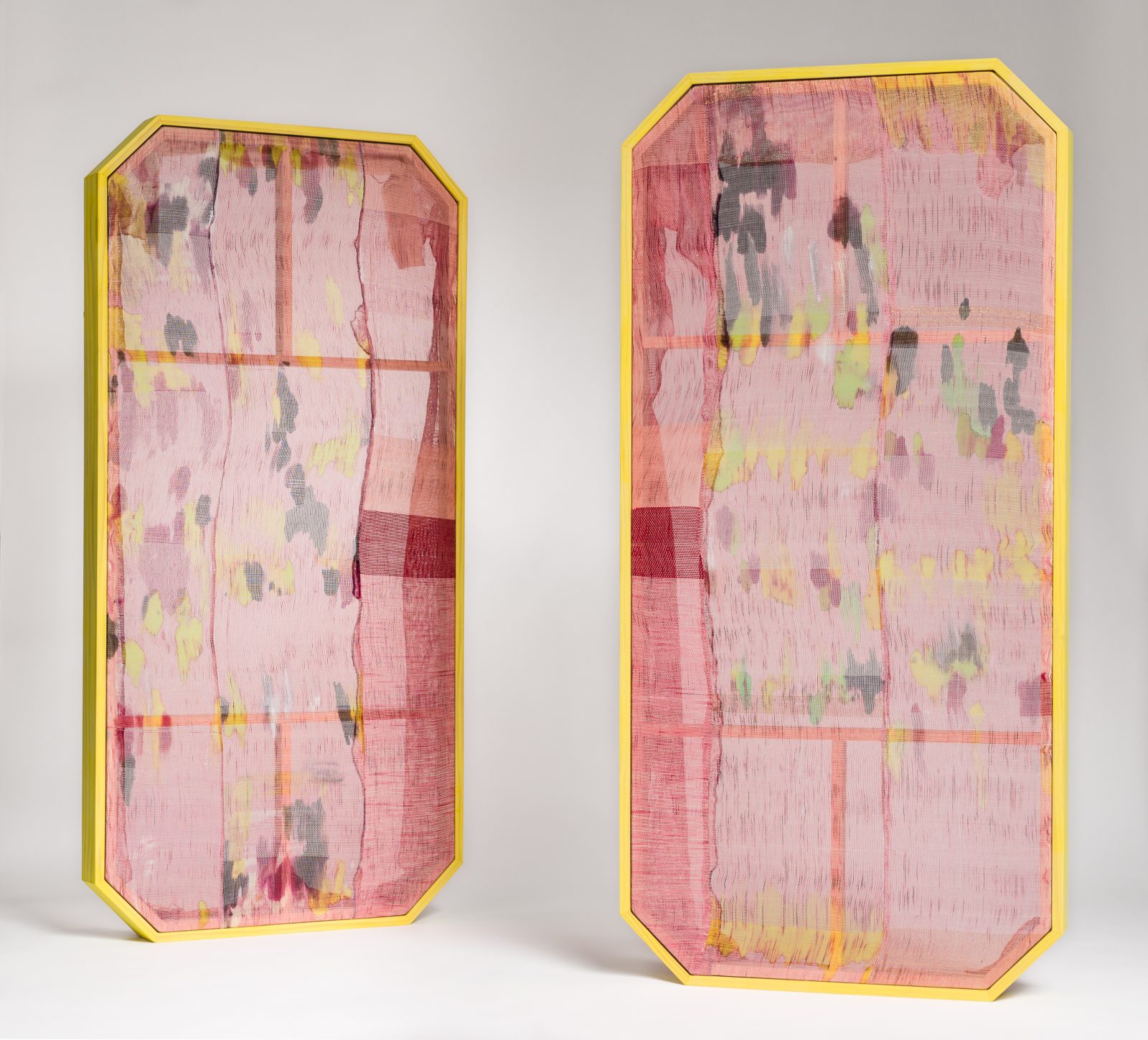
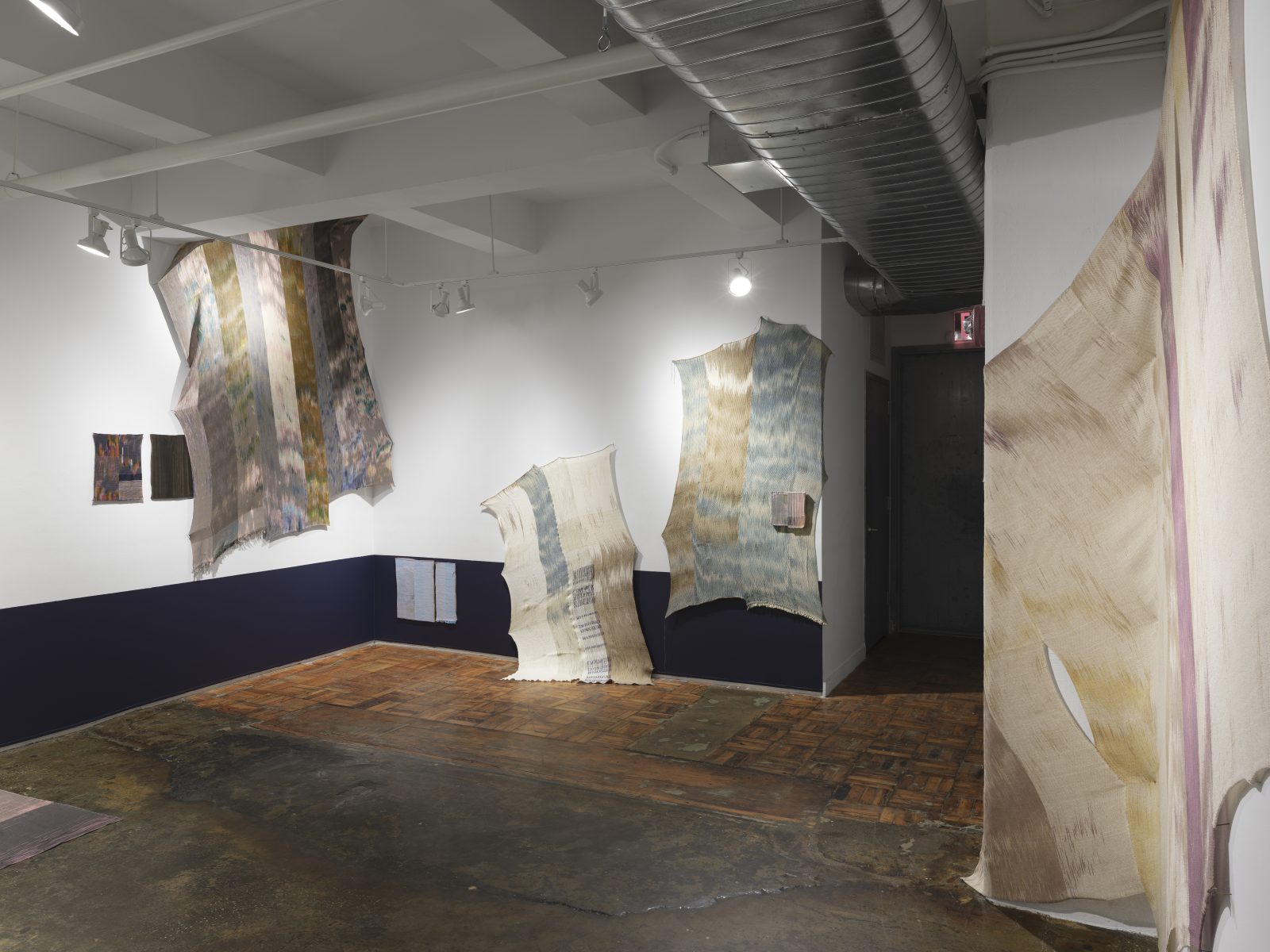
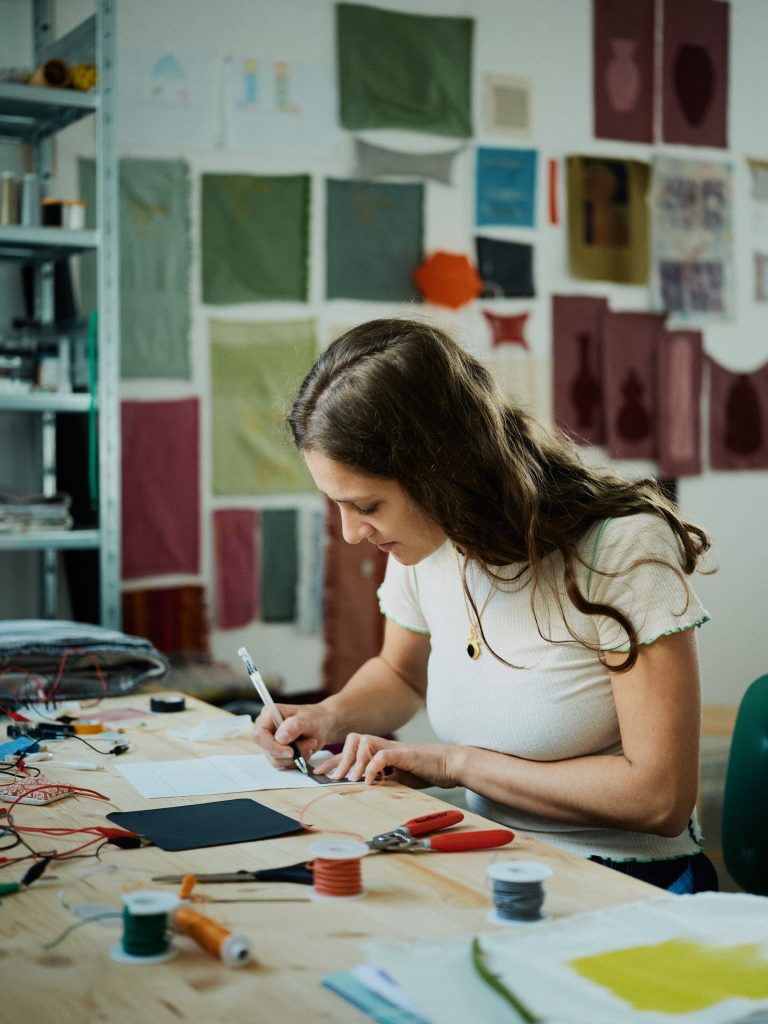
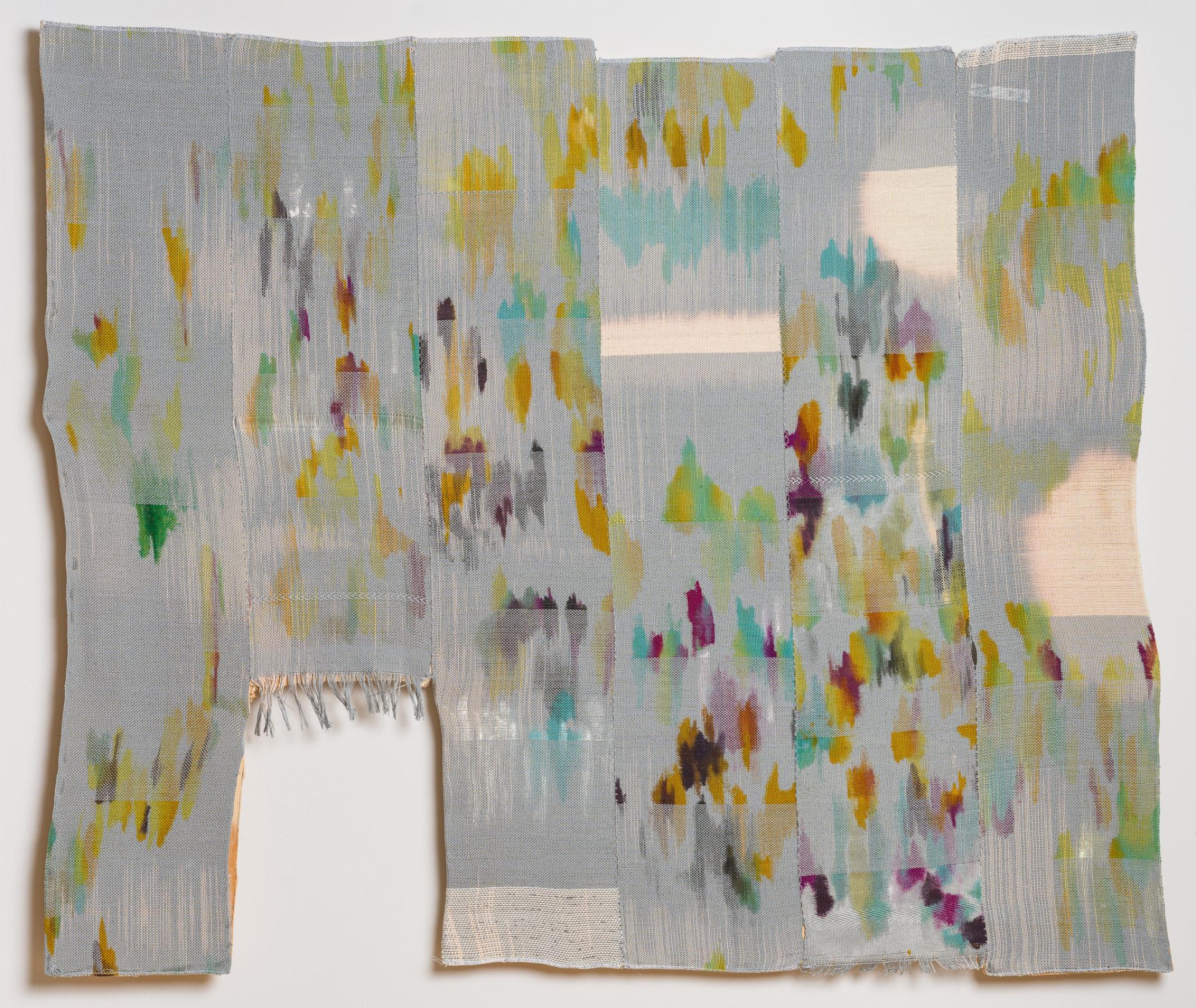
Victoria Manganiello
Biography
Victoria Manganiello is an artist, designer, organizer, and educator. Her work has been included in Hyperallergic, The New York Times, Boulin ArtInfo, Forbes, and Architectural Digest, among others. Victoria has received multiple international, recognized grants, awards, commissions, and residency appointments including from Wave Farm, S&R Foundation, Forbes, Center for Craft, The Wallstreet Journal, and TaDa. She has exhibited her work internationally including across Europe, Taiwan, Australia, and throughout the USA including at the Tang Museum, Museum of Art and Design, Ars Electronica, BOZAR, Indianapolis Museum of Contemporary Art, and the Queens Museum. She is also a part-time associate professor at NYU and the New School and co-organizes an annual artist residency for e-textile practitioners. Victoria is well-known in the textile community as an accomplished artist and innovative storyteller and facilitates many socially engaged projects in collaboration with other artists, designers and educators.
Artist Statement
The structures I compose are studies of materials and our fundamental relationship to them. I use traditional textile-based media: I spin my own yarn, mix my own color dyes, and weave my own constructions. I integrate historical methods of color dye and yarn and textile construction alongside surprising technologies and modern alternatives like computer code and fiber reactive pigments. My recent projects incorporate materials from the seemingly extreme natural to the extreme synthetic and I make choices with density, color, and kinetics to demonstrate materiality and the depth of possibility in the natural world. I use abstraction which I derive from world geography and statistical mapping and my work takes the form of sculptural installation, wall hanging, performance, and socially engaged work. I am interested in using weaving as code and language and my work seeks to connect common materials like textiles to common behaviors like communication. Conceptually, my work is rooted in the history of technology and its connection to gender, food, and craft. I use the stories of the past with the mood of the present to create experiential artworks that speculate on the future.
Proposal
"Natural Synthetics" is an ongoing series of explorations taking the form of studies, woven paintings and immersive experiences which examine how our relationship with consumable materials mirrors social dynamics and current politics. Through both literal and figurative interpretations, I seek to (re)define what is considered "natural" or "synthetic" using a range of materials from analog to futuristic, digital, modern, and even intangible. During my time on the island, I will focus on material experiments and social research/reading within the structure and history of natural bath and vat dye. This dedicated time will allow me to deepen my understanding of pigment methodologies and explore its nuances and delicate procedures, especially in comparison to synthetic pigments and fibers. I intend to create a sample/guide book that responds to the local landscape to be shared with the community and future guests.
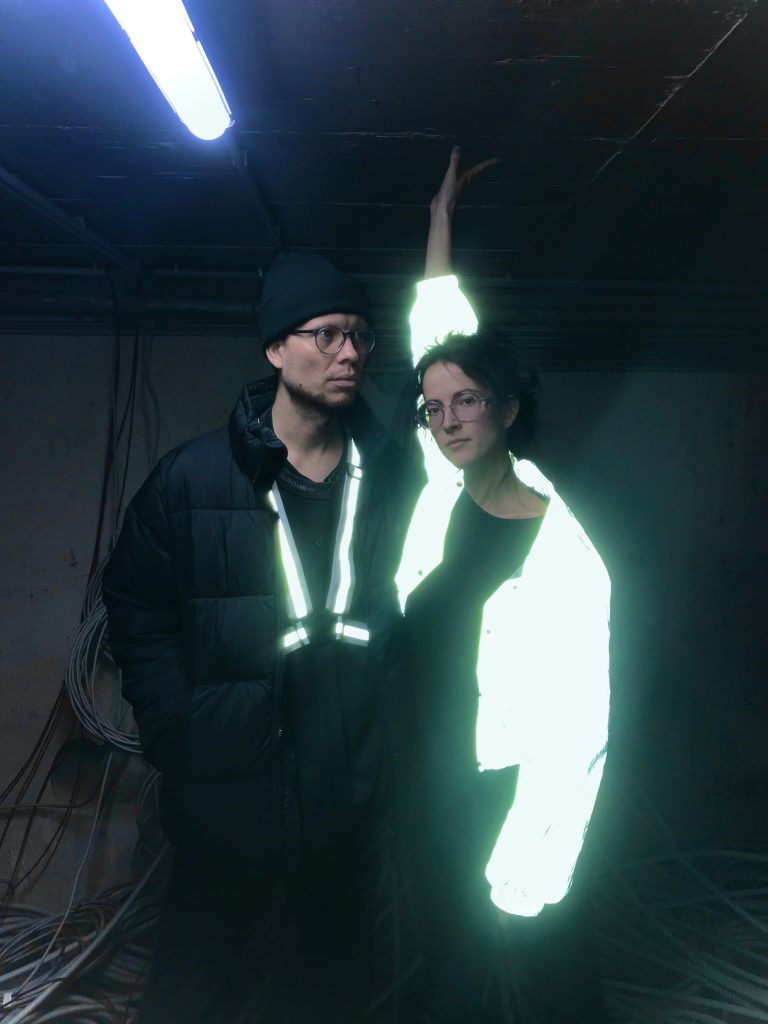
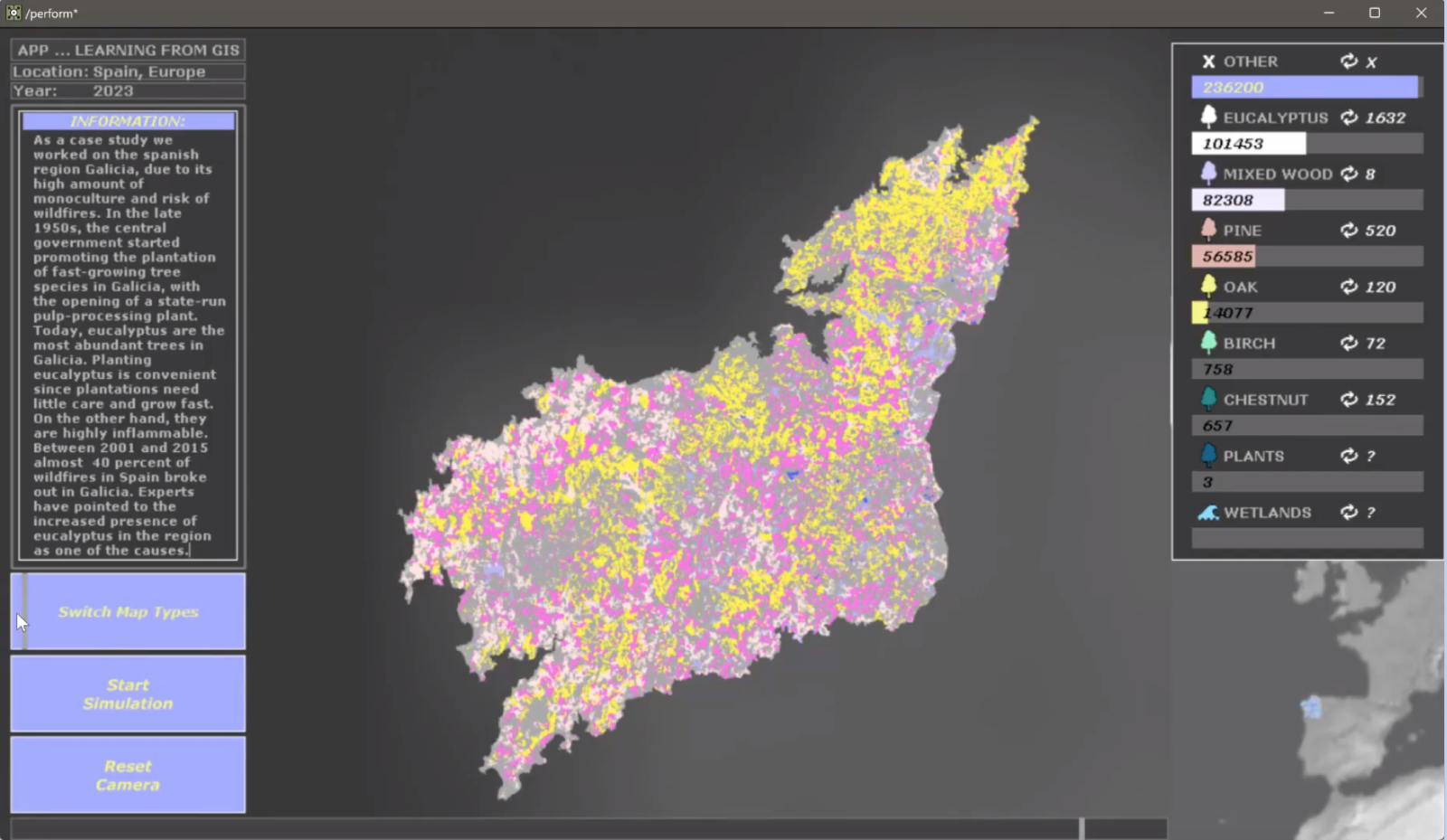
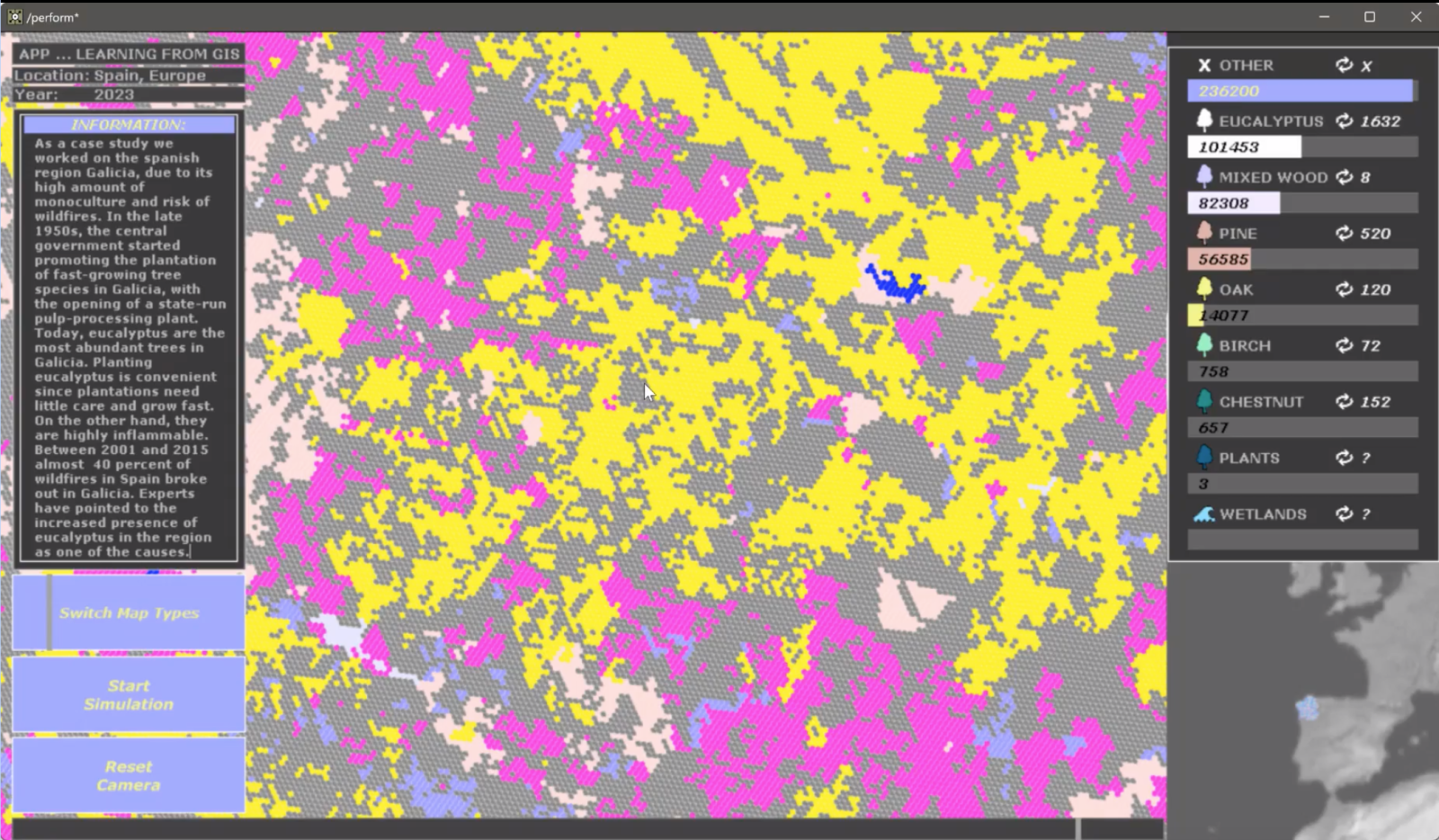
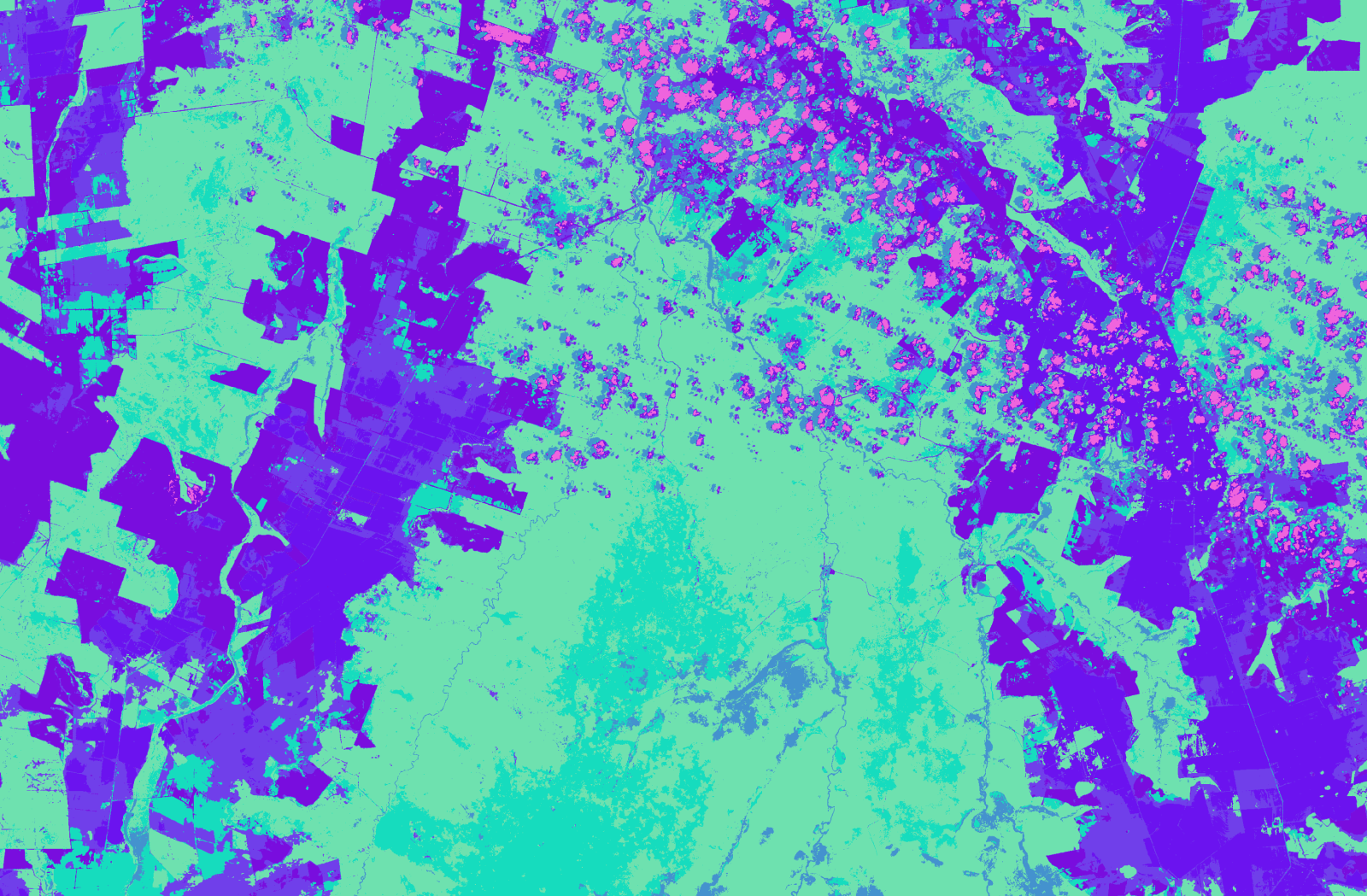
Distant Realities (Marine Lemarié and Nicolas Stephan)
Biography
Distant Realities is a Berlin-based geospatial design studio founded by Marine Lemarié and Nicolas Stephan. We create narratives based on existing planetary conditions in which unseen realities become visible in interactive maps and animated short films. Currently, we are working on a carbon accounting platform that aims to aid governments and communities in spatial decision-making related to natural carbon sinks and ecosystems and a short film playing in a fictional carbon capture and storage facility. Marine and Nicolas have participated in residencies and research programs at Medialab Matadero Madrid, SCI-Arc in Los Angeles, and The Terraforming at the Strelka Institute in Moscow. Distant Realities has exhibited in Austria, Los Angeles, and Barcelona and presented their work at architecture faculties worldwide, such as the University of Innsbruck, Beijing Institute of Fashion Technology, CAUP Tongji, VA[A]DS Tbilisi, and the University of Pennsylvania.
Artist Statement
Distant Realities uses research-based speculative design to address global and local crises related to ecology, politics, and technology. Their work encompasses various mediums, including video installations, theoretical research, and interactive platforms, and draws upon their background in urban theory, architecture, and speculative design.
Distant Realities understands design and architecture as a medium to unveil hidden realities and possible futures in an entangled world governed by intricate systems of rules and obligations. We do not consider our projects proposals, but scenarios, incorporating elements of the utopian as well as the dystopian. We merge the latest digital techniques with conceptual thoughts to create narratives in which unseen realities transform into visible ones.
We explore existing realities. We imagine future ones.
Proposal
The project reflects on Rabbit Island’s ecosystem by creating an interactive map. It aims to visualize the relationship between the island's plants, animals, soil, temperature, humidity, and other ecological factors and to simulate changes in these relationships caused by climate change and other anthropogenic disturbances. Due to its small surface area and naturally isolated territory, Rabbit Island provides a unique opportunity to do so, enabling the collection of data on the ground, which will be combined with satellite images to provide a comprehensive view of the ecosystem. The anticipated outcome is an interactive “fuzzy” map of the island consisting of several visual layers and simulations of possible future developments. The map is based on a geographic grid system developed by a major tech company and critically reflects on its own technology to address the abstraction of landscapes in the past and today. Utilizing a varied approach that incorporates not only a map, but also diagrams, imagery, written explanations, and on-site video recordings, we strive to comprehend the intricate interconnections that comprise the ecosystem of Rabbit Island, as well as its broader historical and geographical significance both within and beyond its immediate surroundings.
